Nvidia: Competitors, Customers, and Countries
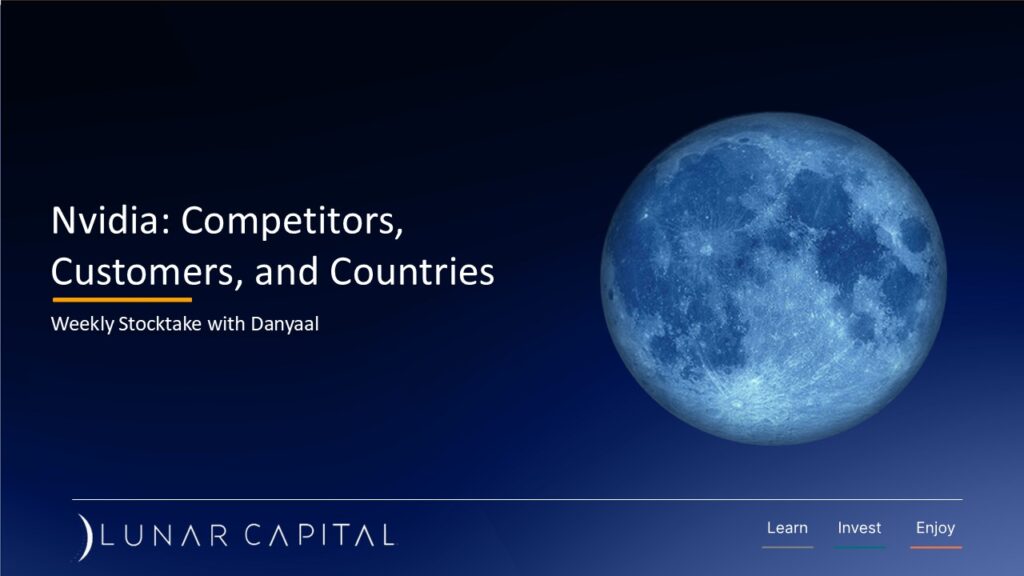
What do Nvidia’s recent results say about the broader industry.
Walmart – Not that Cheap
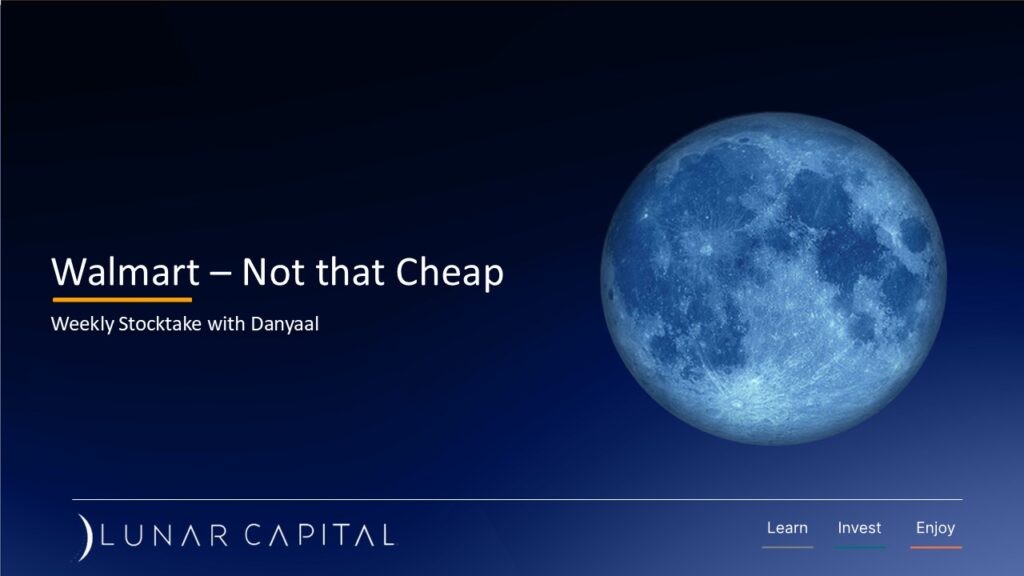
Is there a disconnect between Walmart’s valuation and price?
Leveraging Latin America
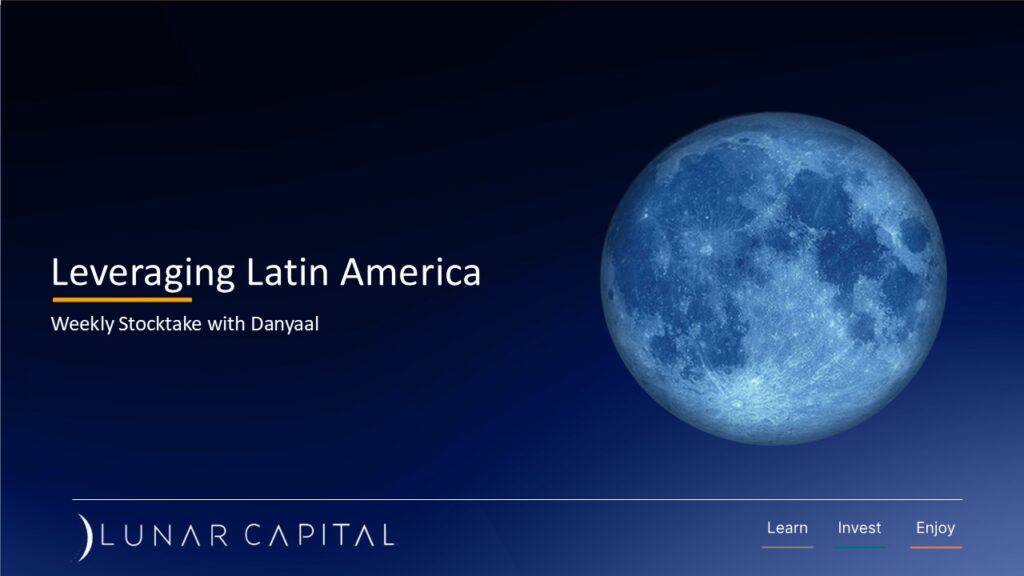
How two Latin American companies are servicing the underserved market.
Lilly’s Boom Meets Resistance
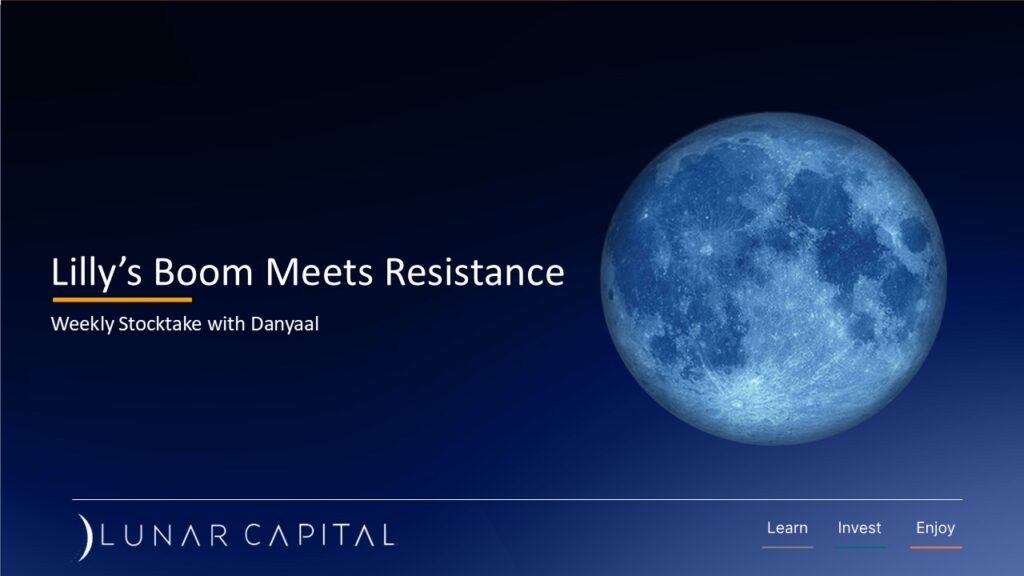
Eli Lilly’s earnings soared, but Lilly faces regulatory risks and competitive pressure.
Microsoft – Double Dipping in AI
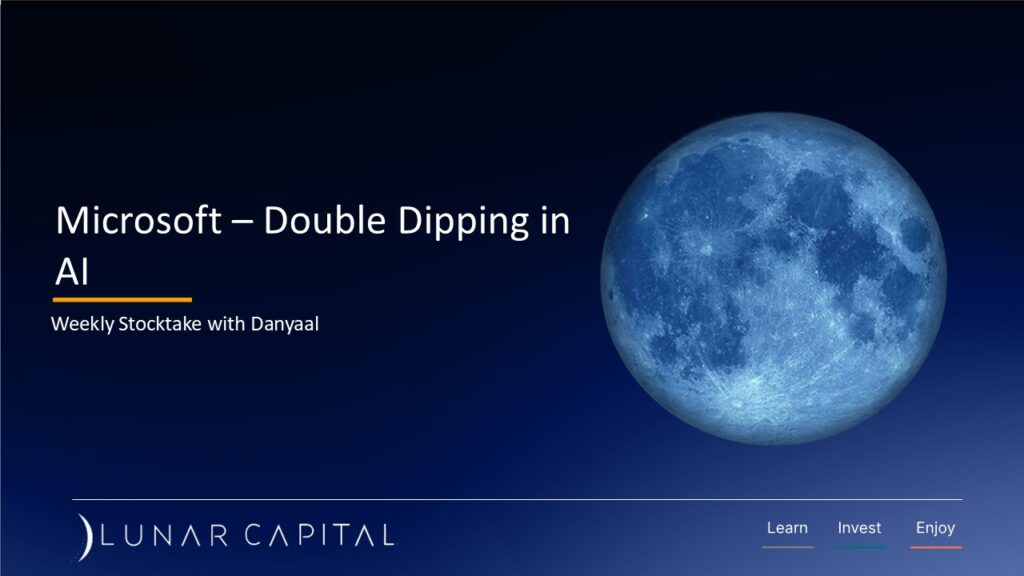
How is AI shaping Microsoft?
Alphabet: Is the Search Over?
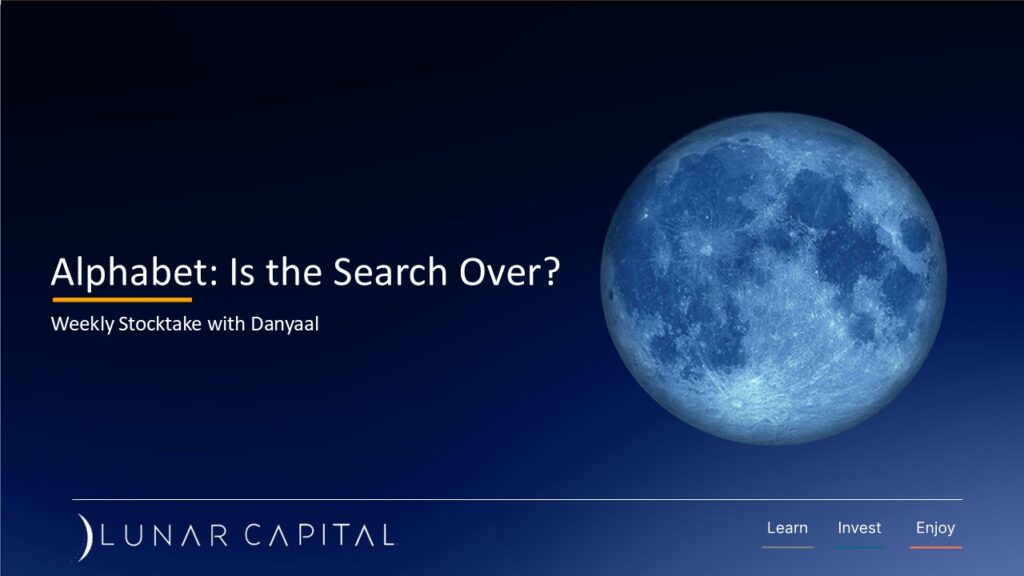
Can Alphabet compete in the world of generative AI?
Web of Silicon
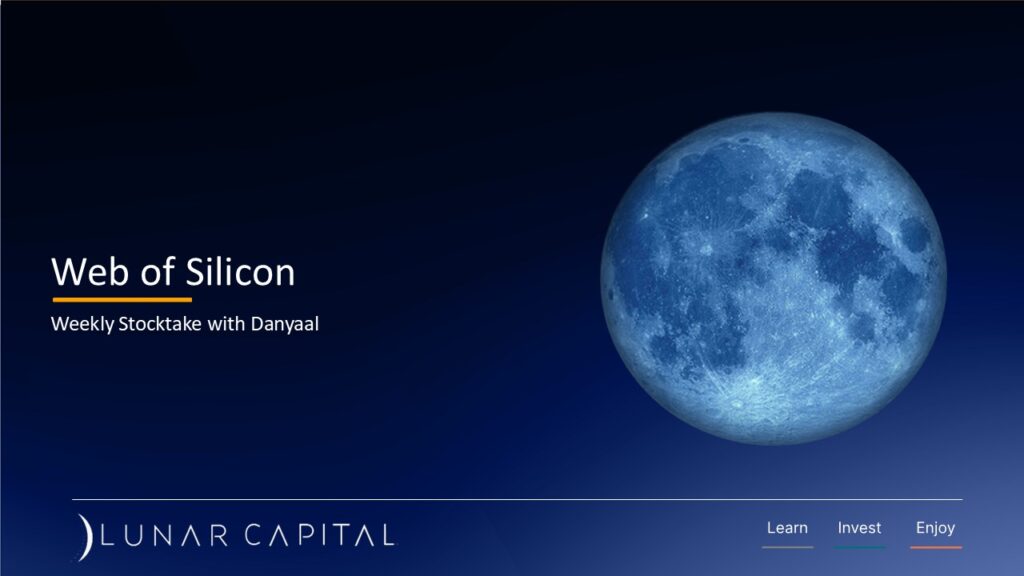
How is an increasing demand for high performance computing affecting key players in the semiconductor industry?
Going Nuclear

Rising demand for clean and stable energy—can nuclear deliver?
Tesla – Better unMusked
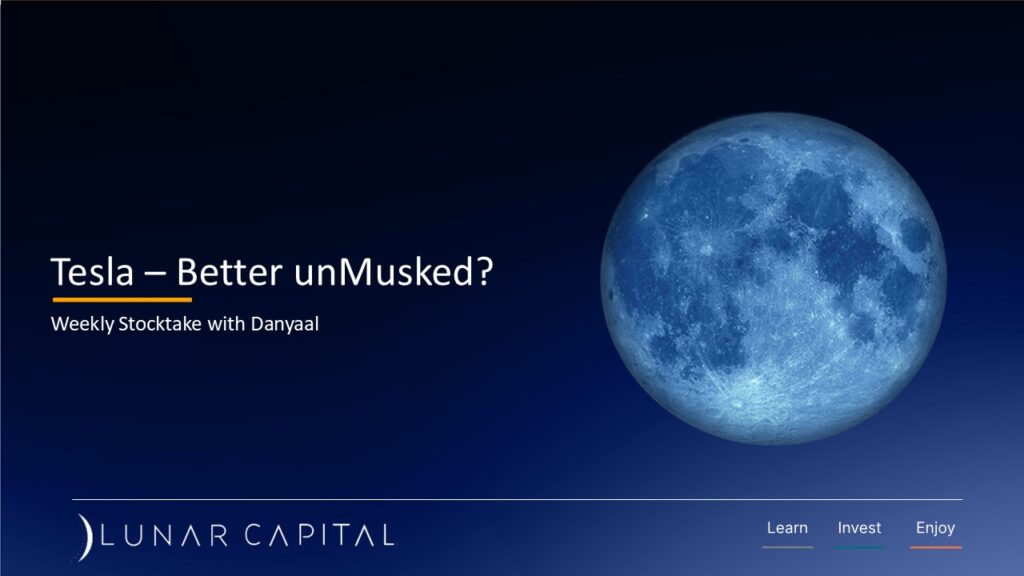
Is Tesla’s next big bet worthy of its current valuation?
Nike – Lifestyle or Performance
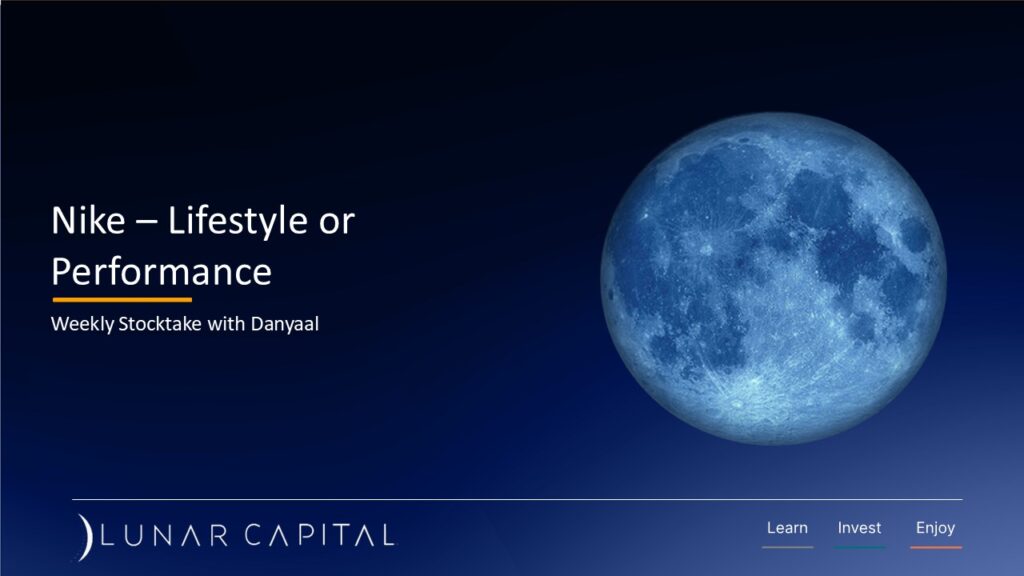
Can Nike execute on its new strategy?
